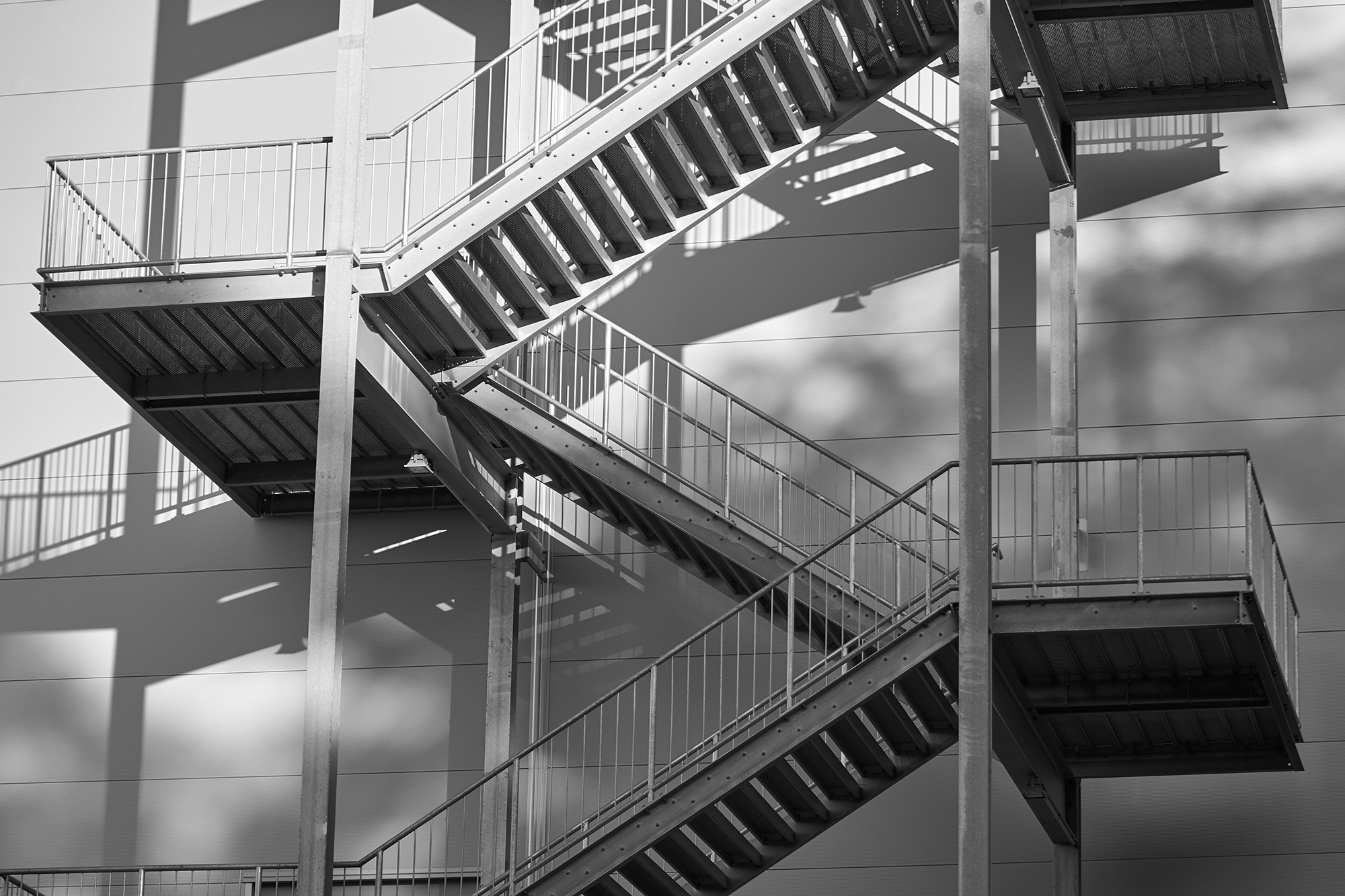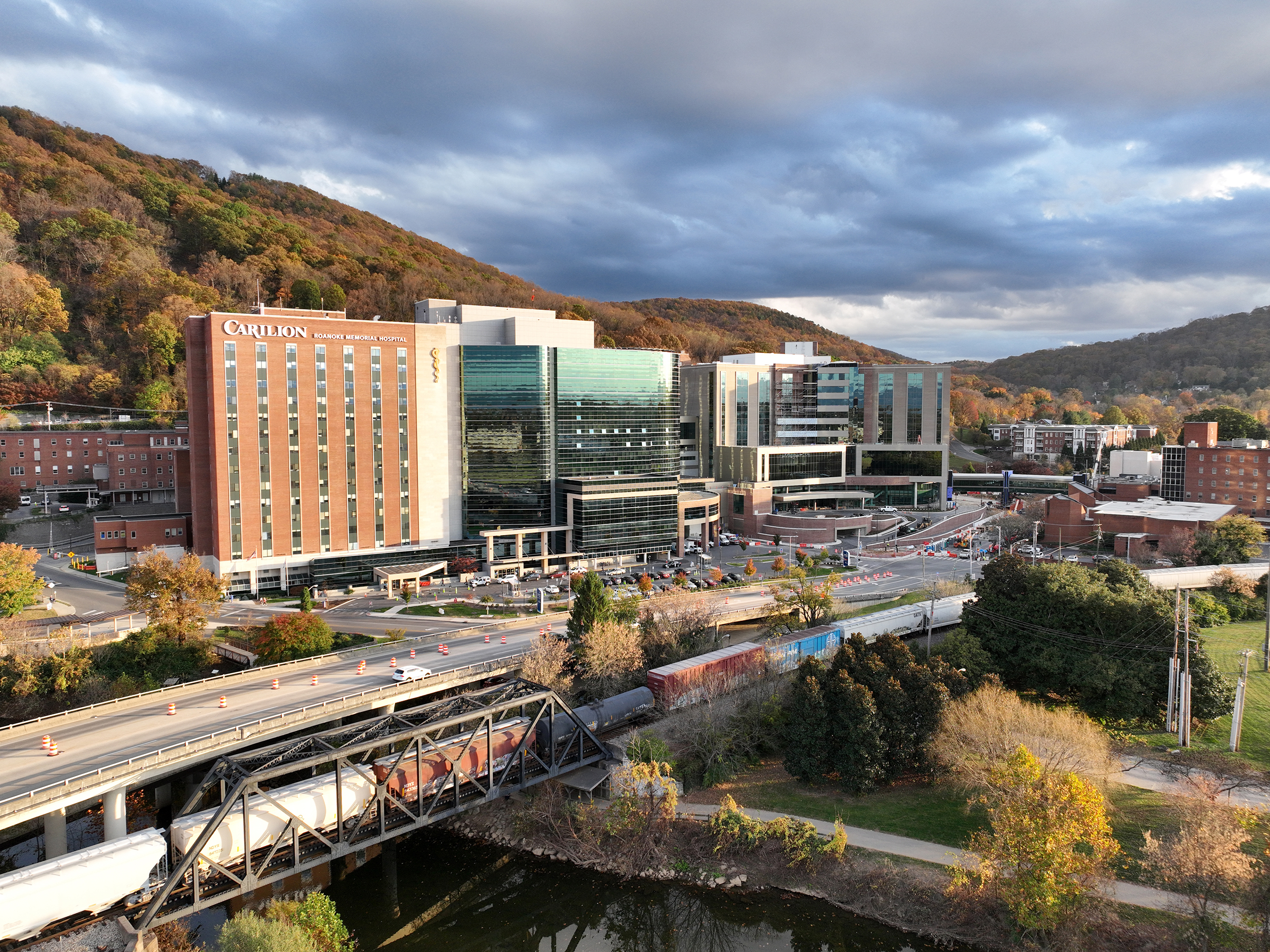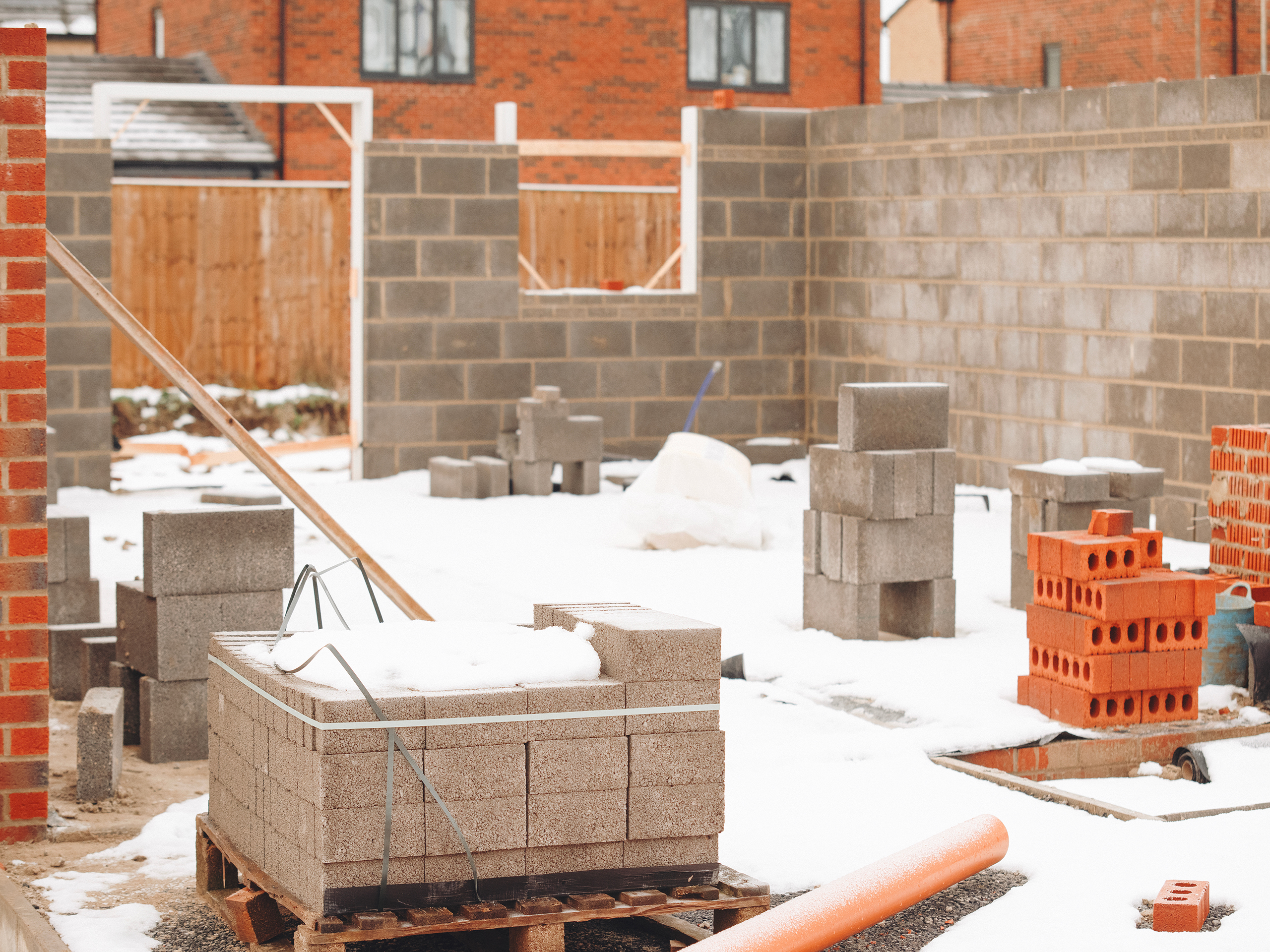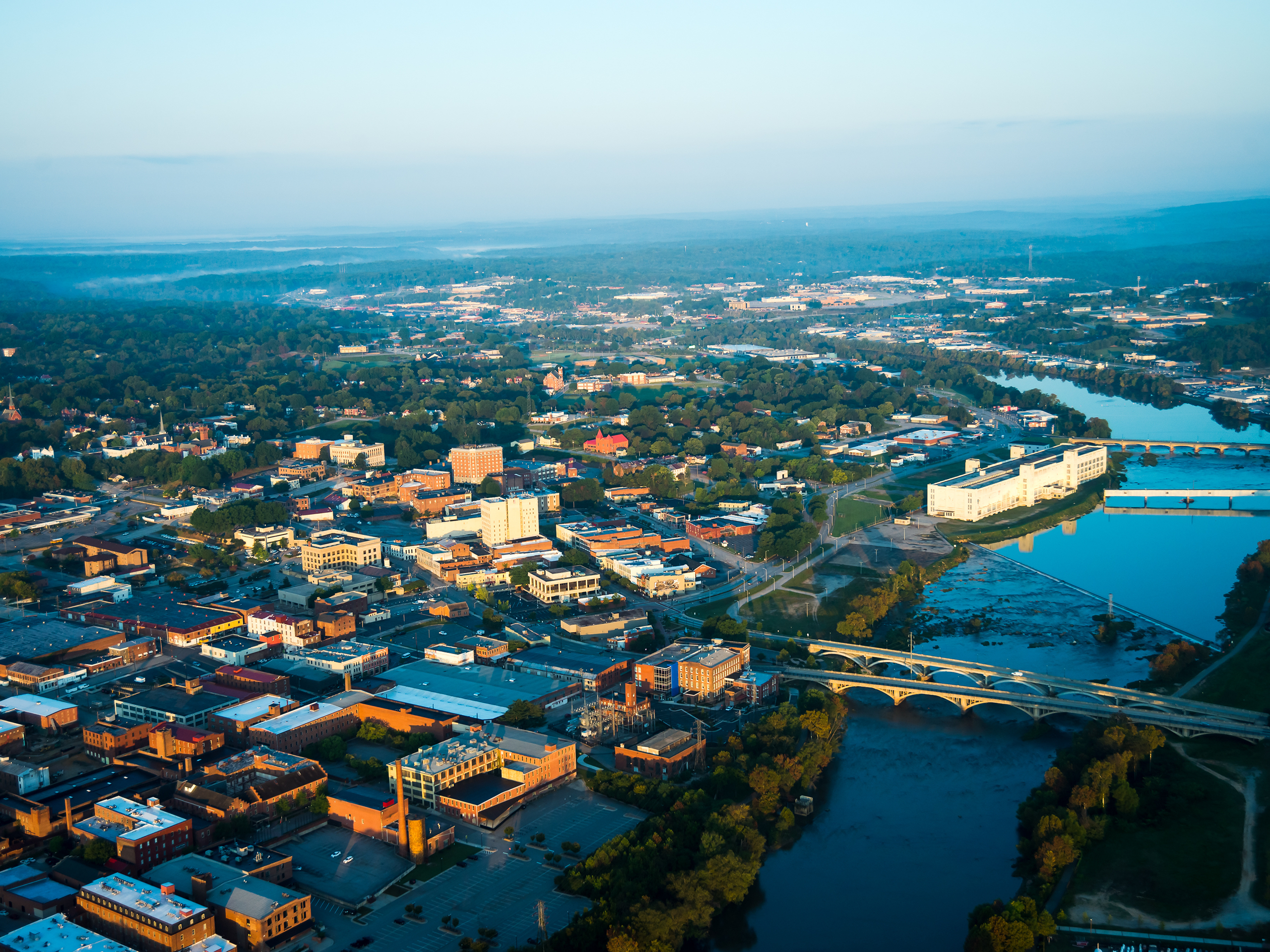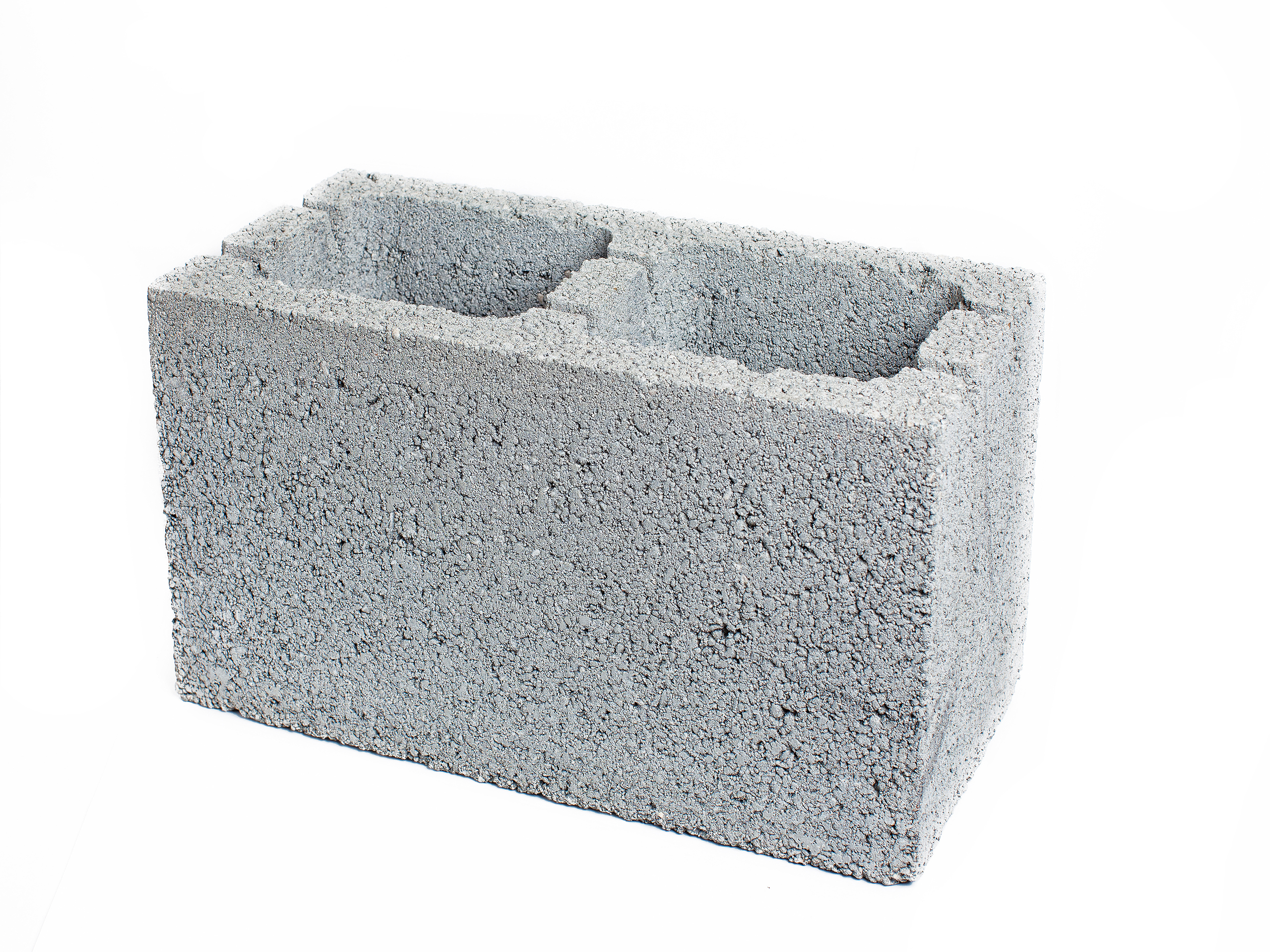Say you have a construction project that is a typical steel frame six-story dormitory-type building on the campus of any university. The building is equipped with elevators and two sets of metal stairs with railing systems to provide egress in the event the elevators are inoperable due to fire. No pun intended, but the burning question here is whether the welds on the metal stairs and railings require special inspections. According to the code, the answer is NO! To better understand the confusion surrounding the special inspection requirements for welds on metal stairs and railing systems, we need to start at the beginning of the story.
Once upon a time, the International Building Code (IBC) required special inspections for welds related to metal stairs and railing systems. Section 1704.3 of the 2009 edition of the IBC required periodic inspections to be performed on work in progress, as well as a visual inspection of all welds made before completion or before shipment of shop welding related to the welding of stairs and railing systems. The IBC 2009 verbiage that required special inspections on metal stairs and railing system welds was deleted when the IBC published its 2012 edition. The language that mandated special inspections on metal stairs welding had existed since the creation of the IBC code in 2000. The years from 2012-2015 (when various states were transitioning from IBC 2009 to IBC 2012) would become the years when metal stairs and railing system welds became an orphan in the code world.
So why did this happen? The short answer is simple, but the complete, detailed explanation is more complicated. It happened when the IBC 2009 code cycled to the IBC 2012 edition and focused primarily on the model code AISC 360, “American Institute of Steel Construction,” to carry most of the load regarding special inspection requirements for structural steel components in a building. The IBC committee at that time, which focused on model code AISC 360 and removed the existing verbiage in IBC 2009 to provide special inspections for metal stairs and railing welds, was the Structural Design Committee (SDC). This committee oversees the structural design aspects of the code, including the requirements for special inspections related to structural steel. That IBC 2009 SDC probably reasoned (understandably so) that the requirements within AISC 360 already addressed the need for special inspections to ensure the structural integrity of the metal stairs and railing welds.
The thought processes and reasoning regarding the special inspection of the welds on the metal stairs and railing systems of the IBC 2009 SDC were ultimately proven incorrect. For the last decade, special inspections on metal stair welds have fallen through the code cracks. The welds of metal stairs and railing systems have received no inspections on thousands of projects. Many factors have contributed to the lack of special inspections on metal stairs and railing system welds during the construction of buildings and other structures since the transition from the IBC 2009 to the IBC 2012 approximately a decade ago.
- The original language requiring special inspections on metal stair welds in Section 3 of the 2009 IBC should never have been deleted.
- IBC 2012, which replaced IBC 2009, added a new Table 2.2 that listed types of inspections on steel other than structural steel; however, the welds on metal stairs and railings were not included in Table 1705.2.2.
- AISC 303, Sections 2.1 and 2.2 (adopted by AISC 360), do not consider stairs, handrails, and ladders to be structural steel; therefore, specific special inspection requirements for stair and railing system welds are not explicitly stated within AISC 360.
- Project contract documents usually require special inspections on structural However, AISC 360 does not consider metal stairs to be structural steel. Consequently, the welds related to metal stairs are not impacted by the use of the term “structural steel” in contract documents.
In essence, even if the metal stairs and railing are not classified as structural steel, the welds used to construct them play a critical role in the structural integrity of the building and are, therefore, often considered structural welds.
Almost everyone in the design and construction industry agrees that the code, as currently written, does not require special inspections on metal stairs and railing system welds. In this particular instance, code refers to the combination of the IBC code and the AISC 360 model code adopted by the IBC. The best way to ensure that project metal stairs and railing system welds and other connections receive special inspections and appropriate testing is for the registered design professional (RDP) and specification writers to include the appropriate language mandating special inspections on metal stair welds in the contract documents.
While most people agree that the code does not require special inspections on metal stair and railing system welds, there are some dissenters. These dissenters often hang their hat on AWS D1.1 (American Welding Society’s Structural Welding Code for Steel), Clause 6.9. It is worth noting that AWS D1.1, Clause 6.9, stipulates, “…all welds shall be visually inspected and acceptable if the criteria of AWS Table 6.1 are satisfied.” It would appear logical to consider the application of Clause 6.9 to a structural building project. While the IBC code and AISC 360 may not mandate special inspections of welds in metal stair and railing systems, AWS D1.1, Clause 6.9, does require a visual inspection of all project welds. AISC 360, Table N5.4-3, also requires that all welds be inspected. It is worth noting that the 2018 edition of AWS D1.3 also specifies that all welds be visually inspected. AWS D1.3 applies to welds with a thickness of less than 3/16 inch, and AWS D1.1 applies to welds with a thickness ranging from 1/8 inch to unlimited thicknesses. Folks who work in the steel industry (especially inspectors) tend to think that the AISC 360, Chapter N, tables instruct us on when special inspections are required, while AWS D1.1 instructs us on how to perform them. Therefore, all standards and model codes should be considered, and in the event of a conflict, the AWS D1.1, Clause 6.9, requirements could be deemed to take precedence, as they are a more specific and detailed welding code. It is not unusual for the special inspector to enforce the most stringent requirement available when conflict arises between standards and model codes.
The current IBC code and most statewide codes require two sets of stairs and railing to provide egress when the building is three stories or higher, and these code-required stairs must be the primary egress (even with an elevator). It should be noted that Virginia is one of six states applying for a code change from the current two sets of stairs to a single set of stairs. The reasons given for easing the code requirements are increased housing affordability, the potential for better building designs, and the effectiveness of modern fire safety measures. Reduced building costs probably weigh heavily into the decision as well.
The Speaking in Code team participates in ongoing discussions with numerous architects, structural engineers, building officials, and special inspectors who regularly inspect metal stairs and railing welds. Before the start of project field activity, most special inspectors tend to contact the structural engineer of record, and they discuss the metal stairs and railing systems on the project. The structural engineer of record generally approves special inspections on welds related to metal stairs and railing systems if inspections are not required by the project contract documents.
Codes and Standards cited in this article:
International Building Code (IBC)
AWS Structural Welding Code Steel (AWS D1.1)
AWS Structural Welding Code Sheet Steel (AWS D1.3) AISC 360, “Specification for Structural Steel Buildings”
AISC 303, “Code of Standard Practice”
__________________
Trouble Deciphering the Code? Call the Experts at F&R!
Contact Alan S. Tuck, Director of Code Compliance & Training, Author of Speaking in Code
T 540.344.7939 | M 540.798.4440 | [email protected]
For a complete picture of the Code and how it relates to Special Inspections, F&R would love to provide a virtual AIA-accredited Lunch & Learn presentation to the professionals at your firm.

